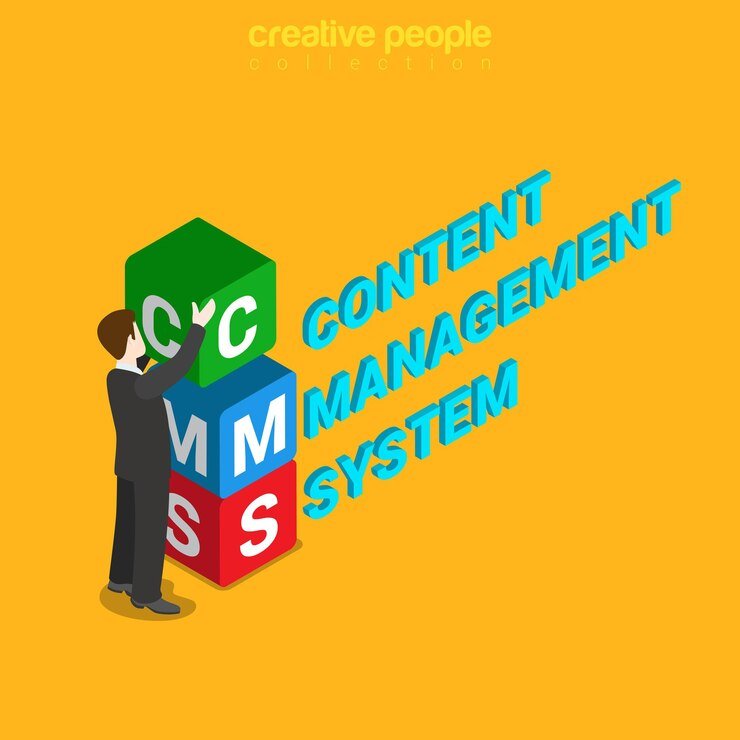Logo Design Tips for Competitive Markets

In highly competitive markets, your logo is more than just a symbol—it’s your brand’s ambassador, setting you apart from the competition. Crafting a logo that captures attention, communicates your brand’s essence, and builds consumer trust is essential for success. In this article, we delve into actionable tips to design a logo that thrives in crowded industries. From understanding your target audience and choosing the right color schemes to integrating modern trends and ensuring versatility, learn how to create a logo that commands attention and resonates with your audience. Elevate your branding with expert advice tailored for competitive markets.
- Understand Your Target Audience
- Research the demographics, preferences, and expectations of your audience.
- Align your logo’s design elements (colors, fonts, and symbols) with your target market’s values and aspirations.
- Conduct Competitive Analysis
- Study the logos of your competitors to identify common trends and gaps.
- Aim to differentiate your logo while maintaining relevance to your industry.
- Keep It Unique and Memorable
- Avoid generic designs or overused symbols to ensure your logo stands out.
- Incorporate distinctive features or clever visual elements to create a lasting impression.
- Focus on Simplicity
- Simple logos are easier to recognize and recall.
- Avoid cluttered designs; opt for clean lines and minimalistic elements.
- Choose Colors Strategically
- Leverage color psychology to evoke the right emotions and convey your brand’s personality.
- Use bold and vibrant colors for attention or soft tones for trust and sophistication, depending on your industry.
- Embrace Modern Trends Without Losing Timelessness
- Incorporate current design trends like gradients, minimalism, or responsive logos.
- Ensure your logo maintains longevity by avoiding overly trendy elements.
- Prioritize Versatility
- Test your logo in various sizes and formats to ensure it remains effective across platforms (digital, print, packaging).
- Opt for vector formats to maintain quality on all scales.
- Communicate Your Brand’s Essence
- Your logo should reflect your brand’s mission, vision, and core values.
- Use design elements that resonate with your brand story.
- Consider Typography Carefully
- Select fonts that complement your industry and brand voice.
- Pair fonts effectively or customize typography for a unique touch.
- Leverage Negative Space
- Creative use of negative space can add depth and intrigue to your logo.
- It helps create dual meanings or hidden messages that captivate viewers.
- Seek Professional Help When Necessary
- If you’re unsure, work with experienced designers who understand branding in competitive markets.
- A professionally crafted logo often yields higher returns on investment.
- Iterate Based on Feedback
- Share your initial designs with focus groups or stakeholders to gather feedback.
- Use constructive criticism to refine your logo before finalizing it.
- Optimize for Digital Platforms
- Ensure your logo looks great on websites, social media, and mobile apps.
- Create responsive versions for different screen sizes and devices.
- Incorporate Subtle Elements of Innovation
- Add small, unique touches like gradient fills, geometric shapes, or abstract elements to showcase creativity.
- Keep these additions subtle to maintain professionalism.
- Test Across Multiple Backgrounds
- Your logo should work seamlessly on light, dark, and transparent backgrounds.
- Test how it looks on promotional materials, signage, and merchandise.














